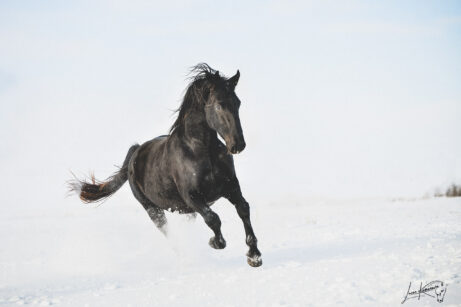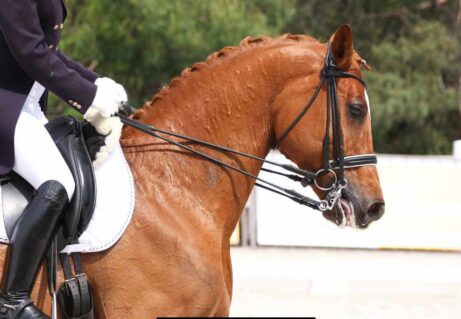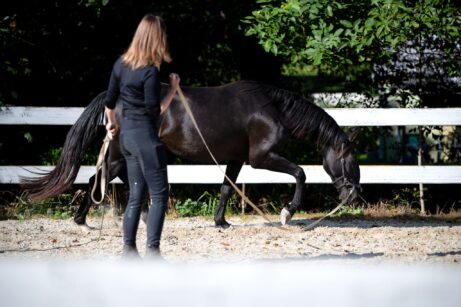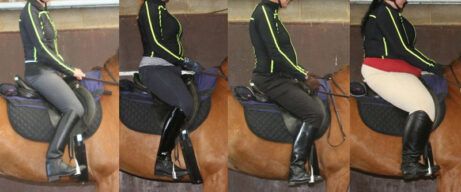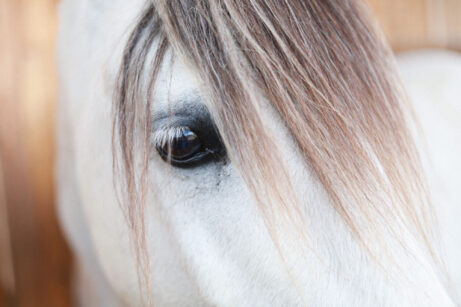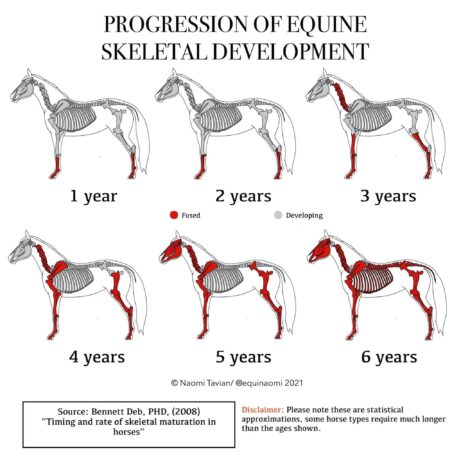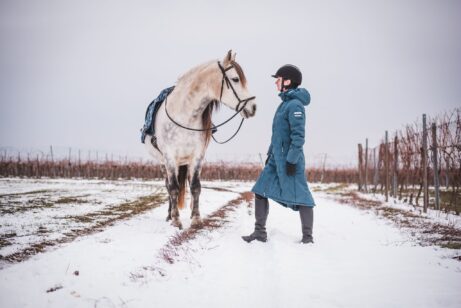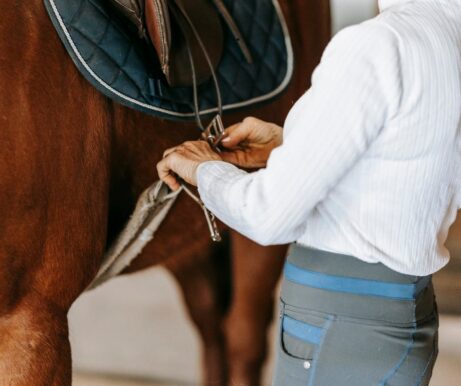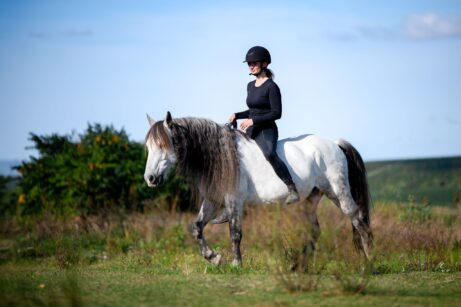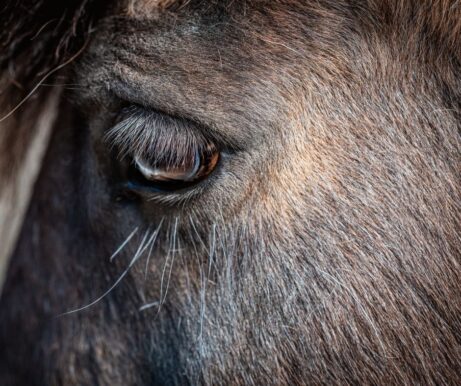Girth-Aversion in Horses:
Understanding, Addressing, and Managing Discomfort
Girth-aversion behavior in horses is a critical issue that impacts equine welfare and performance. Often misunderstood, this behavior can stem from physical discomfort, emotional distress, or negative associations with the process of girthing. Addressing these behaviors effectively requires a comprehensive approach that combines physical assessment, behavioral understanding, and handler education. In this article, we explore the causes, effects, and management strategies for girth-aversion behaviors in horses.
What Is Girth-Aversion Behavior?
Girth-aversion refers to negative reactions exhibited by horses during the process of girthing or tacking up. These behaviors can range from mild signs of discomfort, such as ear pinning and tail swishing, to more severe reactions, including biting, kicking, or attempts to evade the handler.
Common Signs of Girth-Aversion:
- Behavioral Signs: Biting, ear pinning, tail swishing, and resistance to being saddled.
- Physical Reactions: Muscle flinching, tensing of the abdominal area, or signs of anxiety.
- Performance Issues: Reluctance to move forward under saddle or sudden behavioral changes during riding.

Causes of Girth-Aversion
Understanding the root cause of girth-aversion is essential for effective management. Key causes include:
=> Physical Discomfort
- Ill-fitting saddles or girths can cause pressure on sensitive areas, leading to pain.
- Studies highlight that girth-aversion behaviors in 32% of horses are linked to gastric ulcers. (Dyson & Thomson, 2022)
=> Medical Issues
- Conditions like skin sensitivity, musculoskeletal pain, or myofascial trigger points in the pectoral muscles can contribute to discomfort. (Bowen et al., 2017)
=> Negative Associations
- Past experiences with harsh handling or overly tight girthing can create fear and resistance.
Strategies for Managing Girth-Aversion
1. Physical Assessment
- Check Equipment Fit: Ensure the saddle and girth fit correctly to avoid unnecessary pressure.
- Veterinary Examination: Rule out medical issues such as ulcers, muscle tension, or skin conditions.
- Use Comfort-Enhancing Equipment: Anatomically designed or padded girths can reduce pressure and irritation.
2. Adjust Handling Techniques
- Gradual Tightening: Tighten the girth in small increments, allowing the horse to adjust to each step.
- Positive Reinforcement: Use treats or verbal praise to build positive associations with the girthing process. (Lethbridge, 2024)
3. Behavioral Training
- Desensitization: Gradually expose the horse to the girthing process, starting with loose girths and progressing to normal tightness.
- Observation: Monitor the horse’s body language to identify signs of stress or discomfort early.
- Professional Training: Engage equine behaviorists or trainers experienced in handling girth-averse horses. (McGreevy & McLean, 2005)
4. Educational Interventions
- Handler Training: Educate handlers on proper saddling and girthing techniques to minimize stress for the horse.
- Awareness Campaigns: Share the importance of humane handling practices in the equestrian community.
Final Thoughts
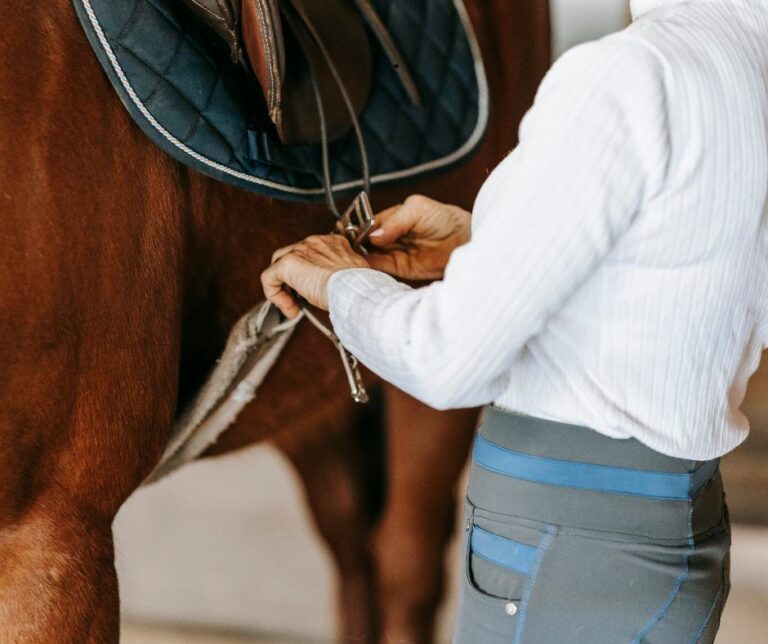
Managing girth-aversion behaviors in horses requires a multi-faceted approach that prioritizes the horse's physical comfort and emotional well-being. By addressing the root causes, employing positive training methods, and educating handlers, we can improve the lives of girth-averse horses and enhance the horse-rider relationship.
By recognizing the importance of humane handling and evidence-based practices, the equestrian community can set a higher standard for equine welfare. Whether you're a horse owner, trainer, or enthusiast, adopting these strategies ensures that your equine partner remains comfortable, healthy, and happy.
Further Reading
- Dyson, S., & Thomson, K. (2022). Recognition of pain and learned behaviors in horses. Equine Veterinary Education.
- Bowen, A. G., & Goff, L. M. (2017). Myofascial trigger points in equine pectoral muscles. Journal of Equine Veterinary Science.
- Lethbridge, E. (2024). Positive reinforcement in equine training. Animal Behavior and Welfare Cases.
Read more
